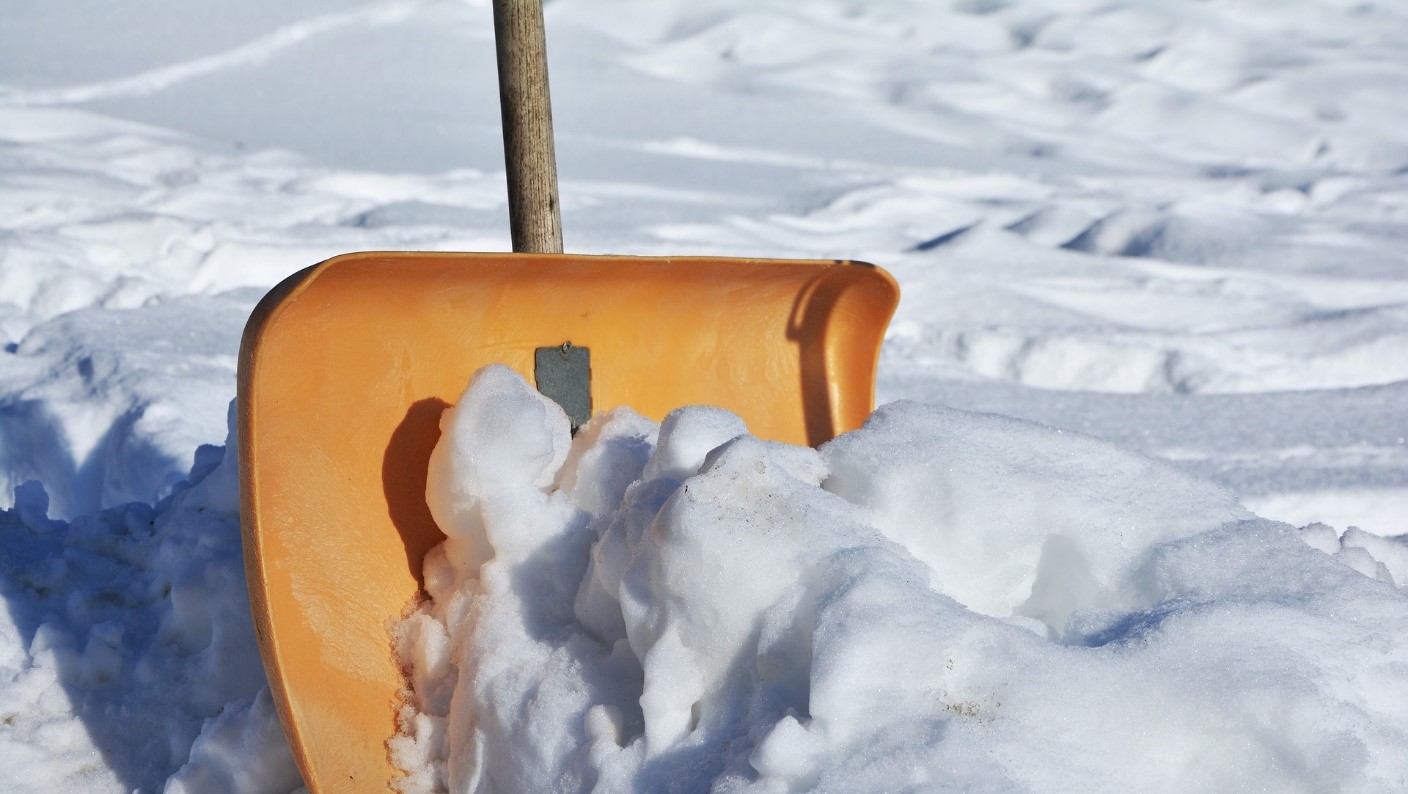
Removing Snow from Wood and Composite Decks
One question we hear from homeowners again and again is, “do I need to remove the snow from my deck?” Generally, we advise to leave the snow alone and let it melt naturally. After all, the moisture won’t harm composite decks, and wooden ones should also be fine assuming the decks have been properly sealed. Pressure-treated lumber, cedar, and tropical hardwood decks are all designed to withstand the elements, and a typical Maryland snowfall should be nothing to worry about. As a rule of thumb, shoveling can be avoided so long as you can see the top of the deck rails.
Several feet of snow is unlikely to be seen around Baltimore, so most of us will make it through winter without needing to clear the deck. But for some homeowners, it’s a primary entrance, emergency exit, or even the path to the bird feeder. Since improper shoveling can seriously damage a deck, here are some helpful hints for safely removing snow.
Broom or Shovel?
When snowfall is under 4 inches and not particularly wet or heavy, always use a broom. It’s much softer and carries little to no risk of damaging the deck. When a shovel is required, never use metal. It’s almost guaranteed to scrape or gouge the surface. Plastic shovels are best, but still press gently.
Go with the Grain
Only shovel with the grain, or parallel to, deck boards. Going across the boards heightens the risk of scratching or splintering the surface, especially for wood decks. Also, don’t let snowdrifts or piles build up and push against the rail. If heavy enough, deck railings could be loosened or damaged.
Treat it Right
Removing ice is trickier for wood decks than composites. Many ice melt products contain chemicals that will harm wooden deck boards. Most varieties are safe for composite decks, although using colored products could result in staining. If you’re unsure what to use, pet-safe ice melts are usually a good choice. Rock salt should never be used on wood, and we recommend avoiding it with composite surfaces, as well, since staining is a possibility. And while sand may work well for the sidewalk, its texture is too abrasive for use on a deck. Finally, never chip at the ice. Even with a plastic shovel it could dent or scratch the boards.
Be Careful
This may be last on our list, but it’s first in importance. Shoveling snow is a strenuous activity that can put a lot of stress on a heart. A deck can be replaced, but you can’t. Carefully monitor your breathing and slow down or stop working if it’s becoming strained. Dress warmly and drink plenty of fluids. You might work up quite a sweat, and dehydration is a risk even in subfreezing temperatures. Shoveling heavy snow can cause back and shoulder injuries, so lift from the knees and don’t overdo it. If snow is sticking to the shovel, apply some cooking spray to help it slide off.
If you treat your deck right, it should last for a decade or two. They are constructed to support a lot of weight, activity, and environmental conditions. But if you find yourself in need of deck repair or replacement, we are here for you. You’ll find our prices to be affordable, our customer service to be impeccable, and our work to be of the highest quality. When it comes to decking contractors in Baltimore, Excel Fencing & Decking is the best.
